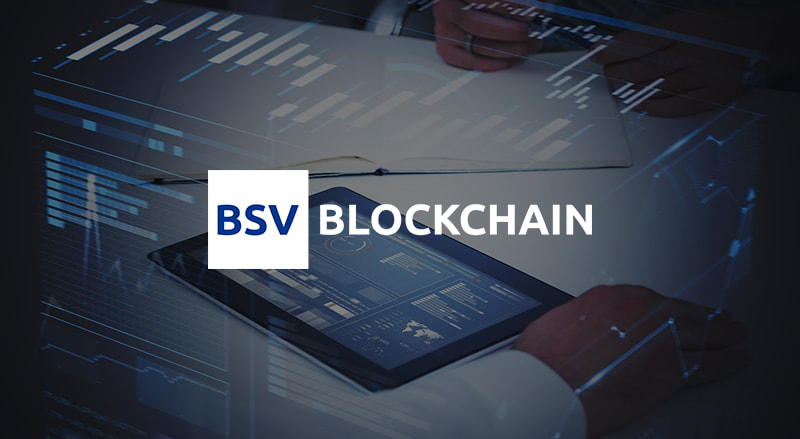Migrating a Line of Business (LoB) app to the BSV blockchain involves significant planning and evaluation for a business. There are several stages in the decision-making process that need to be addressed before a new architecture can be adopted.
Using a public blockchain for enterprise applications
However, there is nothing to fear about using a public blockchain for a business-critical LoB application. As the data is secured in a sequential chain which is timestamped and hashed, your data is there in perpetuity.
The transactions on the chain are publicly accessible so transparent to help with auditing and accountability. Messages are signed with public keys and unlocked by private keys which change with each transaction made. This ensures that data within the transaction will be secure whilst the information about the transaction remains visible.
There is little benefit, and significant development costs and management issues around implementing a private blockchain in the enterprise. But enterprises must consider all potential solutions. To make an informed decision, businesses must consider the pros and cons.
The public blockchain has been operating since 2009 with no modifications, tweaks or updates and users can be assured that the methods used to make the blockchain secure are tried and tested over billions of transactions to guarantee its availability and uptime.
Enterprise apps will probably need to use smart contracts which follow a set of coded instructions placed in a previously uploaded block. These contracts ensure that the transactions are compliant with a previously agreed consensus or business agreement written by the developers in the organisation.
Considerations when building an LoB app on blockchain
To ensure that an enterprise LoB app on the BSV blockchain will be secure, scalable and trusted these considerations should be made:
- Each enterprise user must have a secure account to identify them as a member of the business participating on chain.
- The blockchain must be capable of coping with each transaction required of it with headroom for significantly more transactions. Servers typically operate at 20 per cent of their maximum capacity which allows for surges in usage at busy times of the business
- The performance of the blockchain should be such that entries can be written to every node on chain almost immediately across all participating nodes in the chain. Latency must be eliminated to guarantee trust.
Architecting LoB apps on blockchain
Like all LoB apps the architecture must be carefully created ensuring all the business functions are accommodated within the app and can easily interface with the BSV blockchain.
The technology layer should interface with the blockchain and should be abstracted from the application layer. Policies, services and other governance factors within the app should be considered along with the business goals for the app.
The app should be architected in line with architectural practices and should consist of at least two layers.
Three- and four-layer architectures are common. These allow for modular construction of the LoB app so that as business needs change, only the top two tiers, or indeed, modules within the top two tiers will need to be modified as business needs change. The technology architecture layer interfaces with an immutable blockchain so will not need to be modified once in place and performing as expected.
Constructing a multi-layered architecture with modules allows for flexibility in design as business needs change and new technologies, such as IoT and the adoption of IPv6 technologies.
Think ‘IPv6’ when choosing a blockchain for your enterprise
The BSV blockchain is perfect for the enhanced capabilities offered by IPv6; BSV blockchain technology offers unbounded scalability – as does the 128-bit addressing system already inherent in IPv6; IPv6 can multicast one packet to multiple destinations simultaneously.
This means that all BSV blockchain nodes on the network can receive a packet of information at exactly the same time, eliminating network latency and making a 51% attack from a bad actor intending to take control of the network practically impossible; hardware devices using IPv6 can be tracked across networks for full hardware accountability and tracing; IPv6 already supports cryptographic algorithms for an added layer of security.
AS IPv6 gains wider adoption over the coming years, the advantages of its implementation will become more obvious to enterprises who want scale. The BSV blockchain with its potentially unlimited scalability is a perfect match for IPv6 and its capabilities. Businesses wishing to plan for unlimited scale in the blockchain should include IPv6 at the top of their planning checklist for their enterprise blockchain architecture solution.
